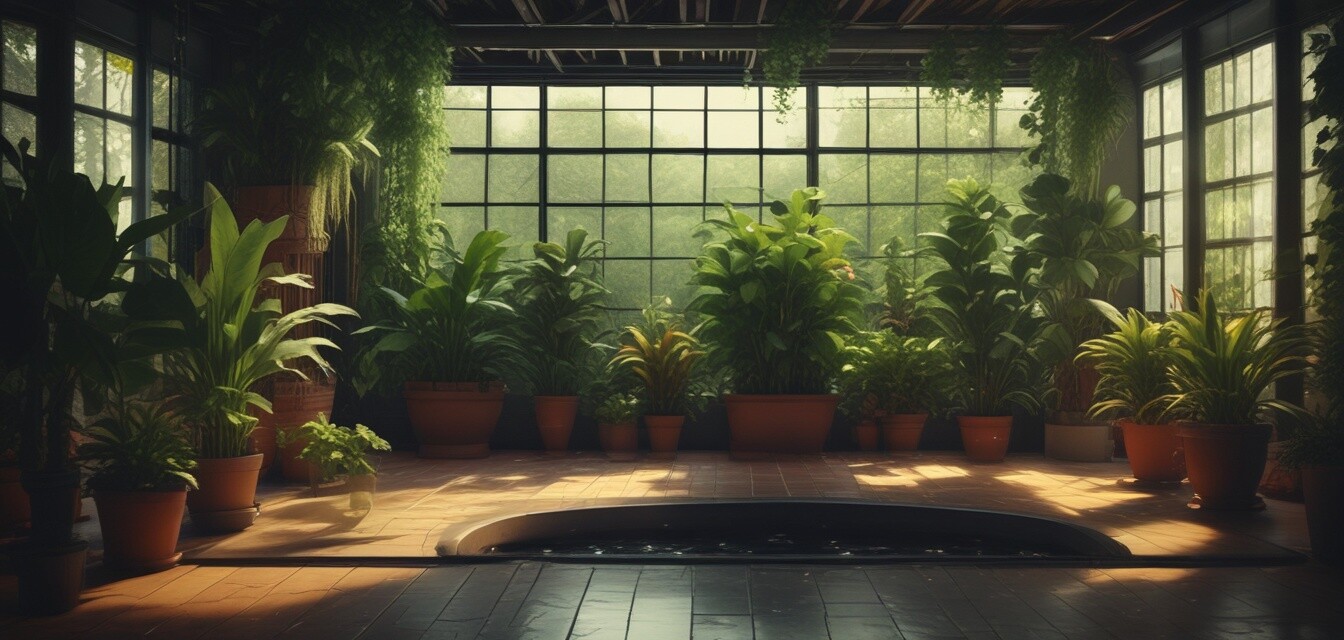
Choosing the Right Light for Your Indoor Plants
Key Takeaways
- Different plants have varying light requirements.
- Understanding the types of grow lights can significantly impact plant health.
- Placement and duration of light exposure are essential for maximizing growth.
- Experimenting with different setups can help find the ideal conditions.
Lighting is one of the most critical aspects of growing healthy indoor plants. Whether you're nurturing a small collection on your balcony or filling your living room with vibrant greenery, understanding the right light for your plants can make all the difference between a lush oasis and struggling flora. In this guide, we'll explore the essentials of choosing the right light sources for your indoor and balcony houseplants, ensuring optimal growth.
Understanding Light Requirements for Indoor Plants
Indoor plants can generally be categorized into three groups based on their light requirements:
- Low Light: Plants like snake plants and pothos thrive in low-light conditions.
- Medium Light: Plants such as peace lilies and spider plants prefer moderate light.
- High Light: Succulents and most flowering plants need bright, direct light.
How to Choose the Right Light Source
When selecting light for your plants, consider the following factors:
| Light Type | Description | Best For |
|---|---|---|
| Natural Light | Sunlight through windows. | Most indoor plants, depending on window type. |
| Fluorescent Lights | Energy-efficient bulbs effective for general plant growth. | Low to medium light plants like ferns and herbs. |
| LED Grow Lights | Customizable spectrum designed for plant growth. | All types, especially high light requirement plants. |
| Incandescent Lights | Traditional bulbs that produce heat. | Not recommended due to heat. |
Types of Grow Lights
There are several types of grow lights available, each suited for varying needs:
- Full-spectrum LED lights: Mimic natural sunlight, more efficient and cooler.
- CFL lights: Compact fluorescent lamps ideal for smaller setups.
- HID lights: High-intensity discharge lights for larger setups.
- Halogen lights: An older technology producing a lot of heat.
Importance of Light Duration
Besides the type of light, the duration is crucial. Most plants require:
- 12-16 hours of light per day for optimal growth.
- Monitor plants for signs of stress, such as leggy growth or leaf drop.
Tips to Set Up Effective Lighting for Your Indoor Plants
Beginners Section
- Rotate plants regularly to ensure even light exposure.
- Start with fluorescent bulbs if you're unsure about your plants’ needs.
- Keep your lights at an appropriate distance to avoid burning the leaves.
- Use timers to maintain consistent light schedules.
Product Recommendations for Lighting
To enhance your indoor gardening experience, consider investing in quality lighting solutions. Here are some recommended products:
LED Grow Lights
Efficient and energy-saving, these LED grow lights are perfect for providing the necessary light spectrum for your indoor plants.
Learn More6 x Pet Friendly House Plants
A mix of non-toxic house plants safe for pets, ideal for brightening indoor spaces while keeping your furry friends safe.
Learn MoreConclusion
Choosing the right light for your indoor plants is essential for ensuring they thrive in your home environment. By understanding their light requirements, types of light sources, and how to set up your lighting correctly, you can create a beautiful indoor garden that flourishes.
Pros
- Increases plant health and growth rates.
- Allows gardeners to cultivate plants year-round.
- Provides flexibility in plant choices.
Cons
- Initial setup costs can be high.
- Requires regular monitoring and adjustment.
- Not all plants are suitable for indoor growth.
Further Reading
For more information on enhancing your indoor gardening experience, check out our related articles:
